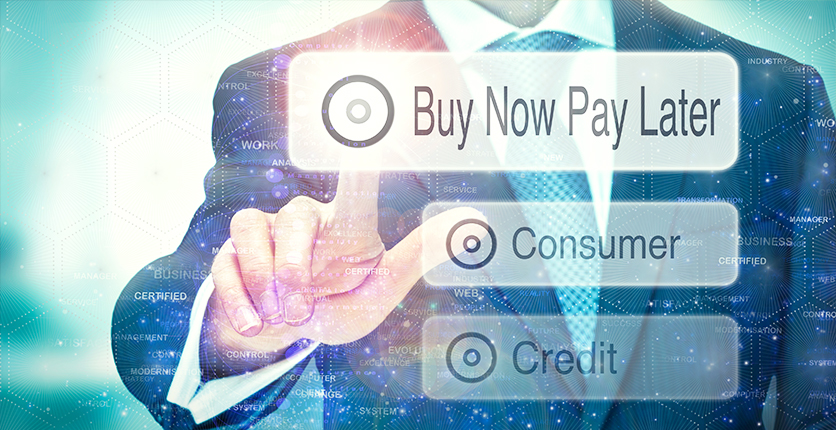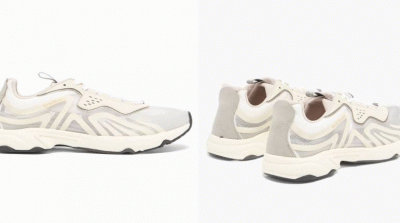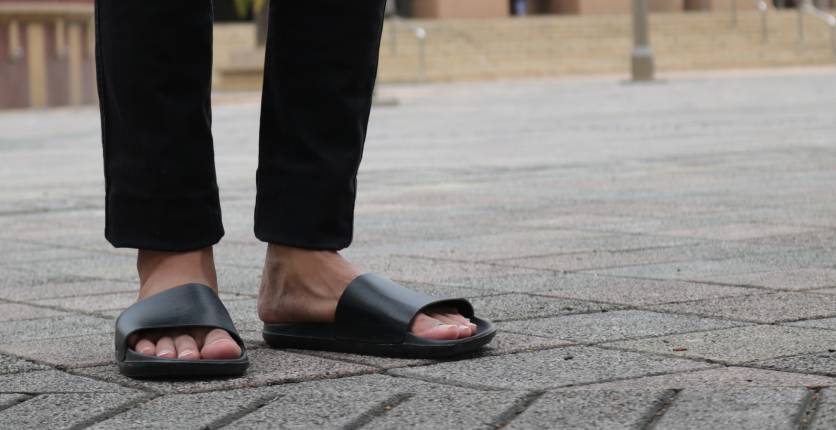They’re an attractive and easy way to shop – you get to purchase something immediately and pay for it in instalments over a period of time. But, is there a catch? Chartered accountant Prempal Hundal has the lowdown on BNPL arrangements, including how to avoid debt traps.

Q: What is Buy Now, Pay Later (BNPL) and how does it work?
Prempal: As the name suggests, they allow you to delay payment for a product while getting the product right away. It’s a form of micro financing that’s gaining more traction in Singapore, with companies like Rely, Hoolah, Atome and, more recently, Grab, offering the service.
Whereas in the past we would have saved money for big-ticket items, we now have the option to pay for something over a period that suits us.

Q: How does BNPL differ from paying with a credit card?
Prempal: With a credit card, you have to pay annual fees and settle your bill in full each month before the next billing cycle, or you’ll be charged interest. With BNPL, you have to pay the instalments when they are due, and that can be anywhere between three and 12 months depending on the provider or the arrangement you have with them. BNPL payments also have zero interest.
BNPL arrangements also don’t affect your credit limit on your credit card. This may result in consumers preferring BNPL arrangements over credit cards and leaving their credit cards for emergency purchases or items that are budgeted and essential which may earn them loyalty points.

Q: Whom do BNPL services appeal to the most?
Prempal: They tend to suit the millennial culture more – the instant gratification generation. They want things right away rather than have to wait for them.
They might also appeal to anyone who would otherwise squirrel money away to purchase an item – buying something and being able to spread the payments over a period of time with zero interest might sound attractive to a lot of people.

Q: Are there any risks or dangers associated with BNPL services?
Prempal: Shopping addicts and people with credit problems may struggle to control their spending with BNPL arrangements, because credit is within easy reach and the “high” they get from shopping may be hard to come down from. Being able to buy an item right away – simply because one can – may result in a dopamine hit, which may lead to repeated purchases and possibly debt.

Q: How do we avoid the debt trap associated with BNPL arrangements?
Prempal: I think BNPL is more of a want than a need. It’s a good idea to make a list of all your purchases and reflect on their affordability before making another purchase. Because so many transactions today are done electronically, it can be difficult keeping track of our expenses.
Remember that not paying your BNPL instalments when you’re supposed to will result in exorbitant late payment fees and possible suspension of your account. Financial discipline is important. Monitor your spending closely.

Q: Are some items, like big-ticket ones for example, worth getting into a BNPL arrangement for?
Prempal: That’s up to you to decide. If you’re considering buying a fancy coffee machine for, say, $2,000, and you know you’re going to get full use out of it, you may want to pay for it using a BNPL arrangement and pay monthly instalments over several months rather than buying it upfront. The coffee machine will probably last you a few years anyway, so it makes sense in this context.
Before deciding if something is worth purchasing using a BNPL arrangement, it’s good to do the math and to ask yourself if you would still pay for the item in full if you had the cash or if you ought to put off buying it until you can afford it.
Do you have questions about BNPL services? Send them to magnsman@sph.com.sg!







